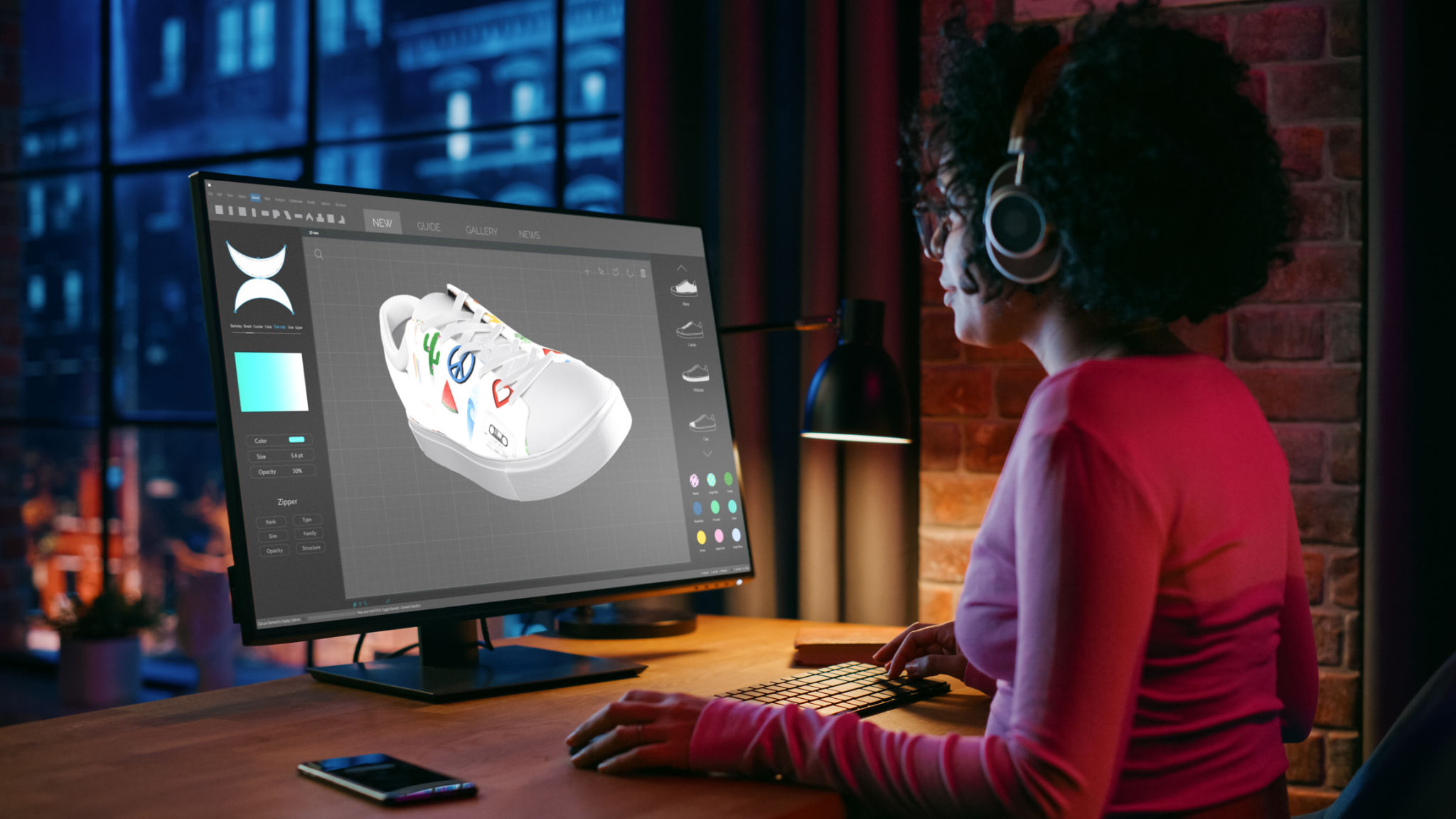Crypto Fashion: The New Frontier in Style
The Fusion of Fashion and Cryptocurrency
The world of fashion is constantly evolving, with trends emerging from the most unexpected places. One of the latest trends making waves is the union of fashion and cryptocurrency, commonly referred to as "crypto fashion." This new frontier in style is not just about integrating digital currencies into purchasing processes; it's about redefining how we perceive, create, and engage with fashion.
Crypto fashion is all about leveraging blockchain technology to bring transparency, security, and innovation to the fashion industry. Designers and brands are now exploring ways to use blockchain for authenticating products, ensuring ethical sourcing, and even creating entirely digital clothing items. This transformation is setting new standards for what it means to be fashionable in the digital age.

Digital Clothing: The Future of Wardrobes
One of the most intriguing aspects of crypto fashion is the rise of digital clothing. Unlike traditional garments, these pieces exist solely in the digital realm. They are designed using 3D modeling and can be "worn" in virtual environments, on social media, or in augmented reality settings. This concept not only challenges our understanding of clothing but also opens up endless possibilities for creativity.
Digital clothing offers several advantages, such as reducing waste and minimizing the environmental impact associated with traditional garment production. Fashion enthusiasts can experiment with diverse styles without the need for physical production, making it a sustainable choice for the eco-conscious consumer.
Moreover, digital clothing allows designers to push the boundaries of creativity by crafting outfits that defy the laws of physics, showcasing intricate designs that would be impossible to replicate in real life.

Non-Fungible Tokens (NFTs) in Fashion
Another exciting development in crypto fashion is the use of non-fungible tokens (NFTs). NFTs are unique digital assets that represent ownership of a specific item or piece of content on the blockchain. In the fashion industry, NFTs are being used to verify the authenticity and provenance of luxury items, ensuring consumers receive genuine products.
NFTs also open up new revenue streams for designers by enabling them to sell exclusive digital fashion pieces. These pieces can be collected, traded, or displayed in virtual galleries, creating a whole new market for fashion enthusiasts and collectors.

The Role of Cryptocurrency in Fashion Retail
Cryptocurrency is not only reshaping how we create and consume fashion but also how we purchase it. Many brands are beginning to accept digital currencies as a form of payment, providing customers with more flexibility and convenience. This shift towards crypto payments reflects a broader trend of increasing acceptance and adoption of cryptocurrencies worldwide.
The integration of cryptocurrency into fashion retail also enhances security and transparency. Transactions made via blockchain are recorded on an immutable ledger, reducing the risk of fraud and ensuring that both buyers and sellers can trust the process.
The Community Aspect of Crypto Fashion
Crypto fashion is more than just a technological advancement; it's a movement that fosters community engagement and collaboration. Online platforms dedicated to crypto fashion provide spaces for designers, artists, and consumers to connect, share ideas, and collaborate on projects. This sense of community is integral to the growth and success of this emerging industry.
Through these platforms, designers can reach a global audience, gain feedback on their work, and even collaborate with other creatives from around the world. This collaborative spirit is driving innovation and helping crypto fashion carve out its niche in the broader fashion landscape.

The Challenges Ahead
While crypto fashion holds immense potential, it is not without its challenges. The industry must address issues related to digital accessibility, as not all consumers have the technology or knowledge required to engage with digital garments or cryptocurrencies. Additionally, concerns about data privacy and security must be carefully managed to maintain trust among users.
Despite these challenges, the future of crypto fashion looks promising. As technology continues to advance and consumer interest grows, we can expect to see even more innovative and exciting developments in this space.